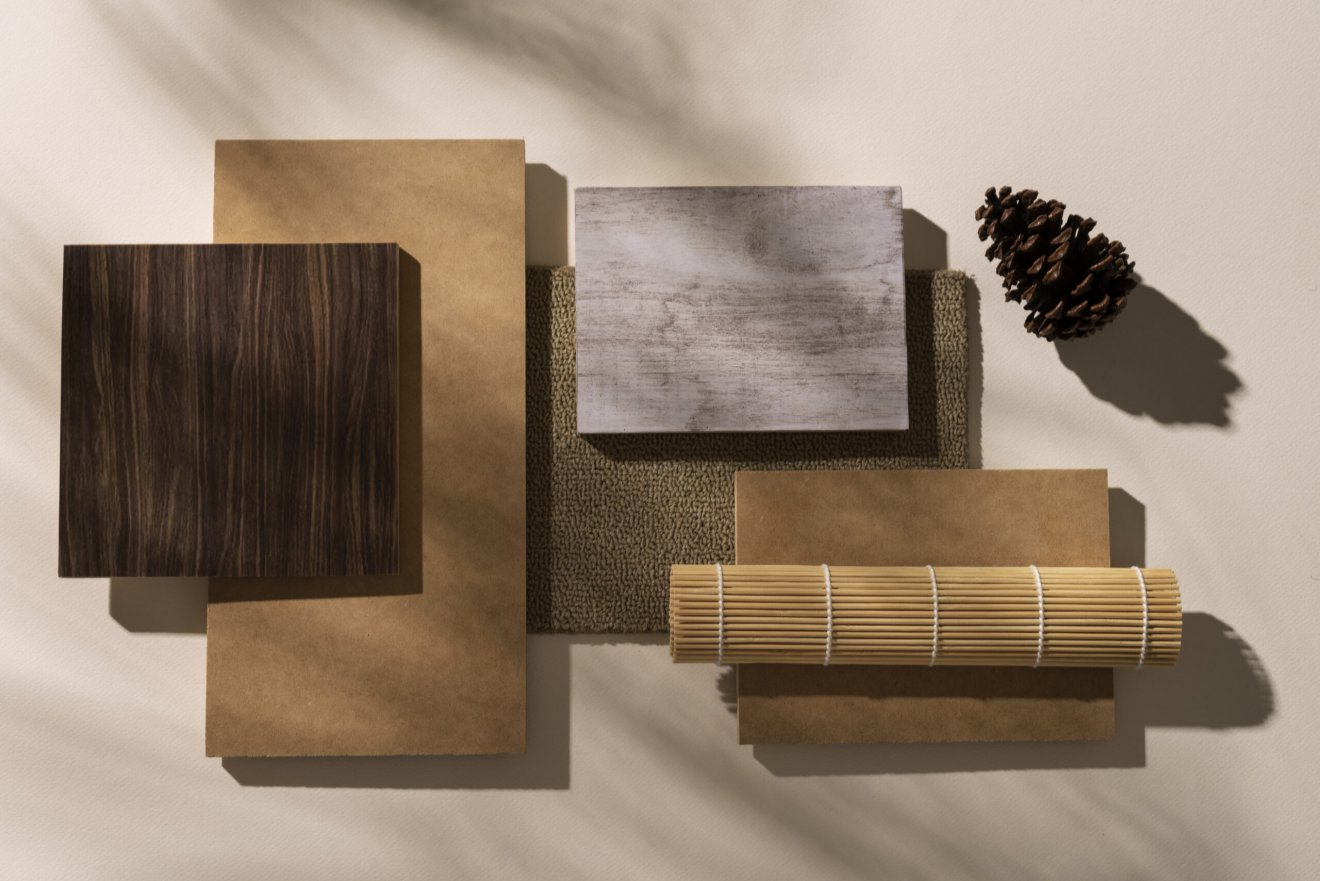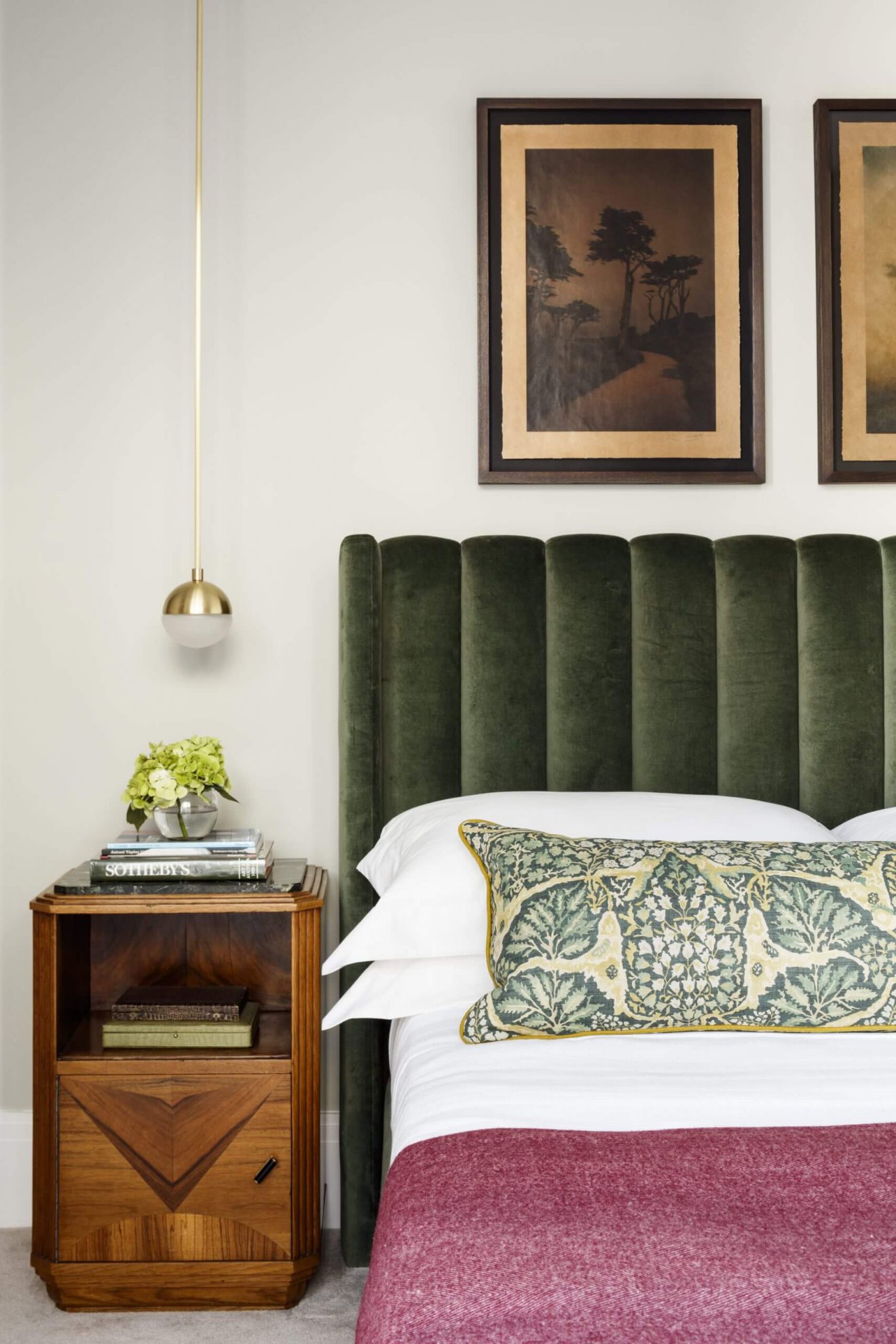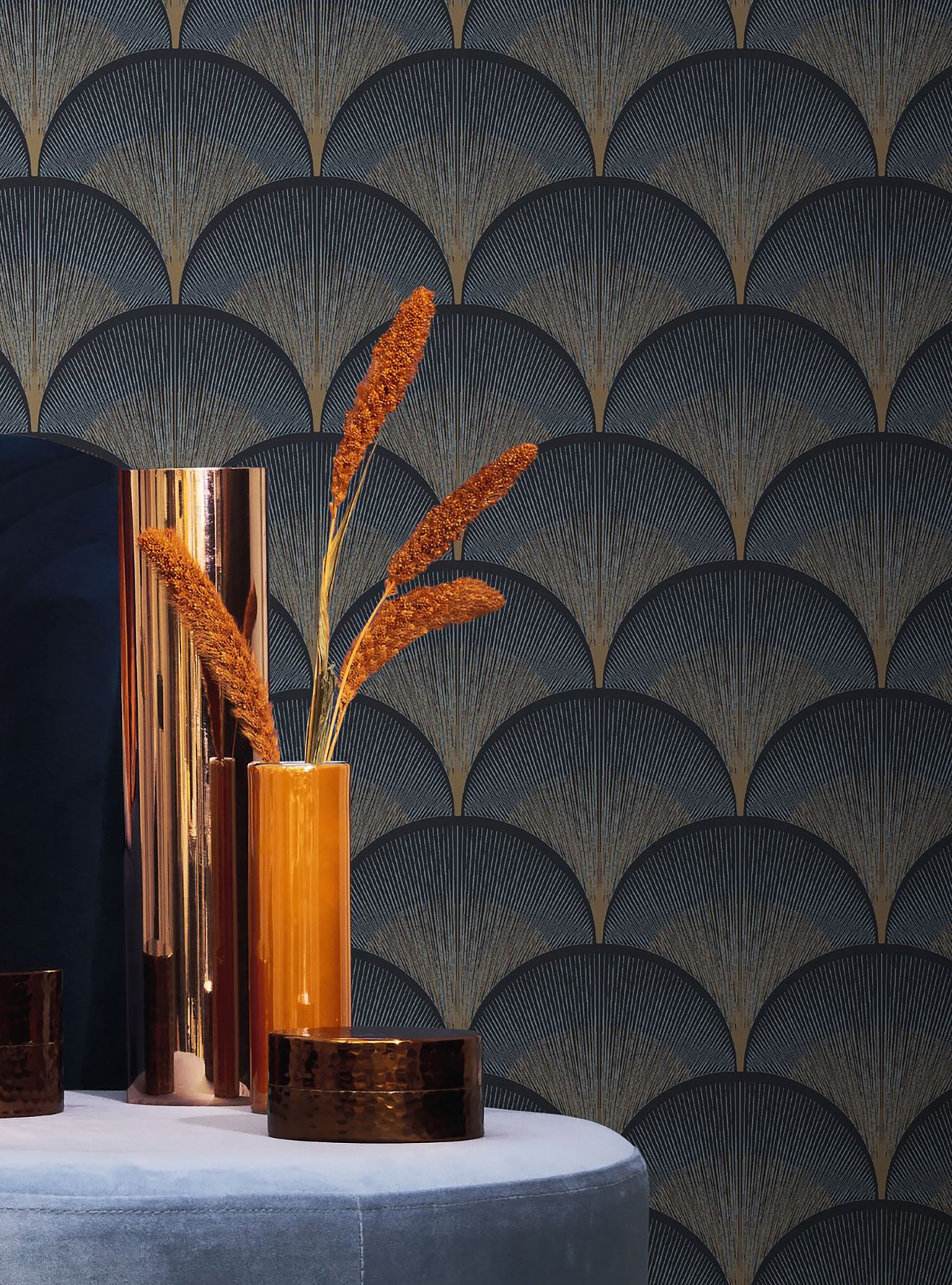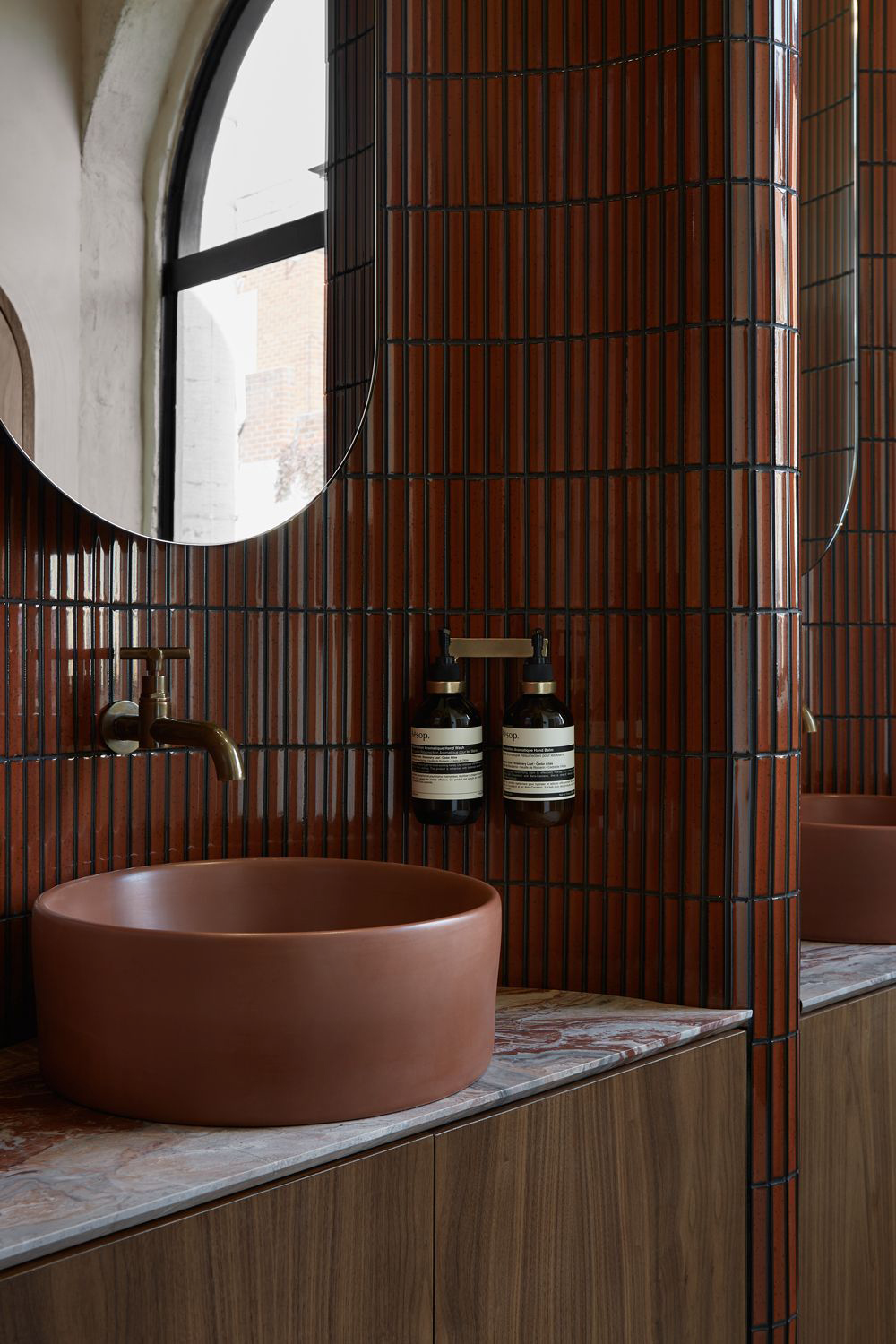
4 March 2024
The Power of Texture: Elevating Interior Design Beyond Aesthetic
Texture is the unsung hero of interior design. While colour and form often take centre stage, texture works behind the scenes, adding depth, interest and character to our living spaces. Texture enriches our sensory experience, elevating ordinary rooms to extraordinary spaces.

At its core, texture engages our senses in a way that few other design elements can. It invites us to not only see, but to touch, creating a tactile dimension that adds warmth and intimacy to a space. Running our fingers across the smooth surface of polished marble or sinking into the plush embrace of a velvet armchair, textures evoke many different sensations that contribute to the overall ambience of a space.

Texture is more than just a feast for the senses- it can also be a visually stimulating. By incorporating a variety of textures, designers can create layers of visual interest that catch the eye and invite exploration. From the rough and rugged beauty of natural wood, ceramic or stone to the sleekness of highly polished or metallic finishes, texture adds depth and dimension to a space, preventing it from feeling flat or one-dimensional.

Texture also plays a crucial role in achieving balance and harmony within a design scheme, by juxtaposing different textures, designers can create a sense of equilibrium that prevents a space feeling overwhelming or disjointed and can create a dynamic contrast that intrigues without overpowering the senses.

In addition to its aesthetic appeal, texture also serves practical purposes when it comes to interior design. Incorporating certain textures can help to insulate a space reducing the need for heating or cooling. Soft materials such as curtains, carpets and upholstered furniture absorb sound waves, helping to improve acoustic and create a more pleasant auditory environment.

Perhaps most importantly, texture allows us to infuse our living spaces with personality and expression and offers us endless opportunities for customisation and self-expression. By selecting textures that resonate with our individual tastes and preferences, we can create interiors that reflect who we are and how we want to live.
5 Ways to Introduce Texture into your Design Scheme
Textured Wall Treatments
Introducing wall treatments such as wallpaper, textured stone or plaster can add depth and interest to a space. From the subtle to the more dramatic, textured walls will create a focal point and enhance the overall ambience of a room.
Layering
Combining different fabrics can add texture to your design. Mix materials like velvet, linen, wool and leather in upholstery, throws, cushions and curtains to enrich the feel of your furniture and soft furnishings.
Natural Materials
Incorporating natural materials such as wood, stone, bamboo and rattan brings texture into a space in an organic and authentic way. From hardwood floors to stone countertops, using natural materials adds warmth, character and a sense of connection to the outdoors.
Decorative Accents
Adding decorative accents with varied textures can elevate the visual interest of a room. Consider incorporating textured ceramics, woven baskets, sculptural pieces or metallic accents to create focal points and add layers of texture to tabletops, shelves and mantels.
Lighting Fixtures
Lighting fixtures can also contribute to the textural richness of a space. Choosing fixtures with interesting textures such as ceramic or glass chandeliers, woven rattan pendants, metal sconces etc can add dimension and visual interest while providing functional illumination.
